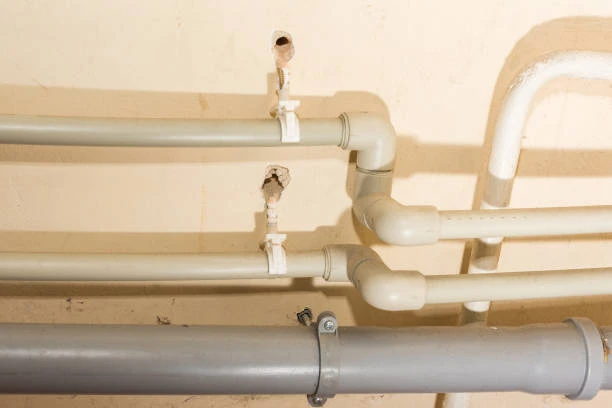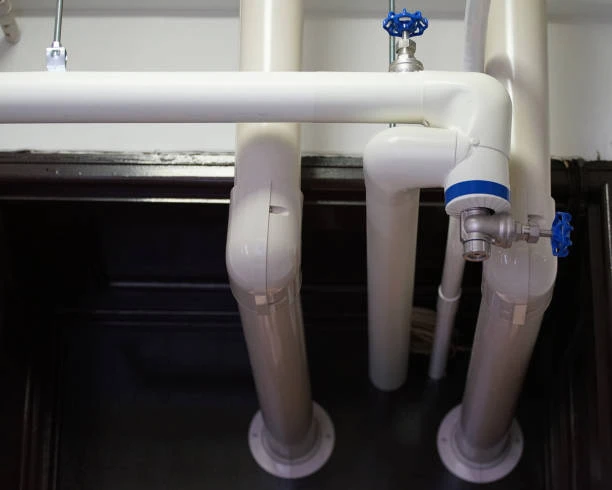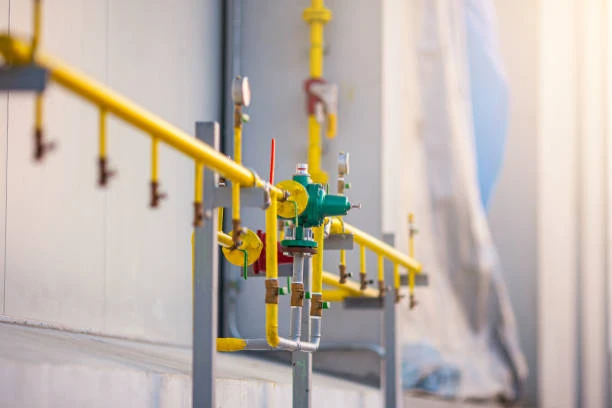Introduction
Ball valves are essential for controlling fluid flow in various applications. Improving their fluid efficiency can enhance system performance. This article explores strategies to improve the fluid efficiency of ball valves. It provides insights into design, selection, and maintenance. Additionally, it addresses how to choose a ball valve effectively.
Understanding Fluid Efficiency
Fluid efficiency refers to the ability of a valve to allow smooth flow with minimal resistance. High fluid efficiency reduces energy consumption and enhances system performance. For example, in a water distribution system, efficient ball valves can lower pumping costs. Achieving optimal fluid efficiency requires careful consideration of various factors, including valve design and material.
Selecting the Right Size
Choosing the correct size of the ball valve is crucial for fluid efficiency. A valve that is too small can restrict flow and create pressure drops. Conversely, an oversized valve may lead to turbulence and inefficiencies. For instance, in a chemical processing plant, selecting the right size ensures optimal flow rates and minimizes energy losses. Always refer to flow charts and manufacturer guidelines when selecting valve sizes.
Material Considerations
The material of the ball valve significantly impacts its fluid efficiency. Common materials include stainless steel, brass, and PVC. Stainless steel offers excellent durability and corrosion resistance, making it suitable for harsh environments. For example, in oil and gas applications, stainless steel valves maintain efficiency over time. Choosing the right material enhances longevity and performance, contributing to overall fluid efficiency.
Design Features for Efficiency
Various design features can improve the fluid efficiency of ball valves. Full-port ball valves allow maximum flow with minimal resistance. These valves have a larger opening compared to reduced-port valves. For example, in irrigation systems, full-port ball valves ensure optimal water flow without pressure loss. Additionally, consider features like streamlined flow paths and blowout-proof stems for enhanced efficiency.
Maintenance for Optimal Performance
Regular maintenance is essential for maintaining the fluid efficiency of ball valves. Schedule routine inspections to check for wear and tear. Lubricate moving parts to ensure smooth operation. For instance, a simple inspection can identify leaks or damaged seals early. By prioritizing maintenance, operators can prevent inefficiencies and extend the lifespan of the valves.
How to Choose a Ball Valve
Understanding how to choose a ball valve is vital for improving fluid efficiency. Start by assessing the application requirements, including pressure and temperature. Next, consider the fluid type and its properties. For example, corrosive fluids may require specific materials. Additionally, evaluate the required size and flow rate. Consulting with manufacturers can provide valuable insights into selecting the right valve for your needs.
Integrating Technology
Integrating technology into ball valve systems can further enhance fluid efficiency. Smart ball valves equipped with sensors and automation can optimize flow control. For instance, these valves can adjust flow rates based on real-time data. This capability improves efficiency and reduces waste. As industries evolve, adopting smart technologies will become essential for maintaining fluid efficiency.
Conclusion
Improving the fluid efficiency of ball valves requires a multifaceted approach. Selecting the right size, material, and design features is crucial. Regular maintenance ensures optimal performance over time. Understanding how to choose a ball valve effectively enhances overall system efficiency. By focusing on these aspects, industries can achieve significant improvements in fluid efficiency and operational performance.
IFAN Products international standards
IFAN products strictly adhere to a comprehensive range of international standards, encompassing ISO 15874, EN 15874, ASTM F2389, DIN 8077/8078, GB/T 18742, NBR 15884, ISO 15494, EN ISO 15494, GB/T 19472, NBR 15494, ASTM 2846 (501), DIN 8079/8080 (502), ASTM F441/F441M SCH80 (503), DIN (504), DIN (505), GB/T 18993, AS/NZS 1477, CSA B137.6, NSF/ANSI 14, TIS 17-2532/1131-2535, BS 3505, BS 4346 (801), ASTM D1785 SCH40 (802), ASTM D1785 SCH80 (803), DIN (804), GB (805), GB (806), GB(901), DWV(902), ASTM D2665 (903), along with ASTM D2241, D2665, D2729, and F441/F441M series, ISO 1452, EN ISO 1452, DIN 8061/8062, GB/T 10002, AS/NZS 1477, JIS K6741, CSA B137.3, and other national and industry norms.
Connect
IFAN is a Chinese manufacturer of plastic pipes, fittings and valves with 30 years of experience. If you are interest in IFAN copper fittings, copper valves, plastic pipes and fittings, please contact us. IFAN offers you a variety of standard pipes to meet your specific needs. Click below to learn more about IFAN’s wide range of affordable and cost-effective valve products and piping system related products.
We will reply your email or fax within 24 hours.
You can call us at any time if there is any question on our production.
For more information,pls visit our webside https://waterpipefitting.com/
Pls Mailto: [email protected]
Whatsapp: + 86 19857948982














Recent Comments